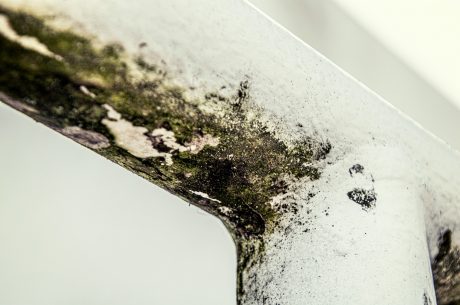Water damage can be a stressful and overwhelming experience for Michigan residents. Heavy rains, snowmelt, or faulty plumbing can lead to unexpected flooding in homes. Acting quickly and efficiently is crucial to minimize damage and ensure the safety of your household. Knowing what steps to take can make a big difference in protecting your property and starting the recovery process.
When water damage occurs, the first priority is ensuring the safety of everyone in the home. This includes turning off utilities and checking the structure of your house. Next, it’s important to stop the source of the water to prevent further flooding. Once the immediate danger is under control, the focus shifts to removing water and drying out the area to prevent mold and more damage.
Documenting the damage for insurance claims is also a key step in managing the aftermath of water damage. Proper documentation can help secure funding for repairs and replacements. In this article, we will guide you through essential actions to take when facing water damage, helping you navigate this challenging situation effectively and efficiently.
Assessing and Ensuring Safety
The first step when experiencing water damage is to ensure everyone’s safety. Start by turning off the electricity and gas in your home to prevent the risk of electric shocks or gas leaks. Water and electricity are a dangerous mix, and shutting off these utilities can prevent serious accidents.
If the flooding is severe, evacuate your home to avoid potential hazards. Check the structural stability of your house before returning. Look for visible signs of damage like cracks in the walls or floors and any sagging ceilings. If you suspect significant structural damage, contact a professional for a thorough inspection. Prioritizing safety helps prevent injuries and further damage during the stressful situation.
Stopping the Source of Water
Once safety is ensured, your next priority is to stop the source of the water. Identify where the water is coming from. It might be a burst pipe, a leaking roof, or even flooding from heavy rain. If it’s a plumbing issue, locate and turn off the main water shut-off valve to halt the flow of water.
If you’re unable to stop the water or if the source is unknown, contact professionals immediately. They have the tools and expertise to handle water leaks effectively. Acting quickly to stop the water source will help prevent additional flooding and reduce the extent of the damage.
Removing Water and Drying Out the Area
After stopping the water source, it’s essential to begin removing the water and drying out the area. Start by using pumps or wet vacuums to remove standing water. These tools are effective for quickly getting rid of large amounts of water from floors and carpets.
Once the standing water is removed, deploy fans and dehumidifiers to dry the affected areas. Fans help circulate air, which speeds up the drying process. Dehumidifiers are critical for reducing moisture levels in the air, which can prevent mold growth. Make sure to place these devices in the most affected areas and keep them running until everything is completely dry. Drying out the area thoroughly helps to prevent further damage and health issues.
Documenting Damage for Insurance Claims
Proper documentation of water damage is crucial for insurance claims. Start by taking detailed photos and videos of all the damage. Capture every angle and include close-up shots to show the extent of the damage. This visual evidence is important when proving the severity of the situation to your insurance company.
Keep receipts and records of all expenses related to the water damage. This includes costs for temporary housing, repair services, and any purchases needed to address the damage. Having detailed records will help you make a stronger case for your insurance claim, making it easier to get the support you need for repairs and recovery.
Conclusion
Experiencing water damage can be overwhelming, but taking immediate and effective action can significantly reduce the impact. By assessing and ensuring safety, stopping the source of water, removing standing water, and documenting the damage, Michigan residents can protect their homes and begin the recovery process. These essential steps help minimize damage and ease the path to restoration.
If you need professional help with residential water damage restoration, contact PuroClean of Howell. We are here to support you and restore your home to its original condition.




 PuroClean of Howell
PuroClean of Howell